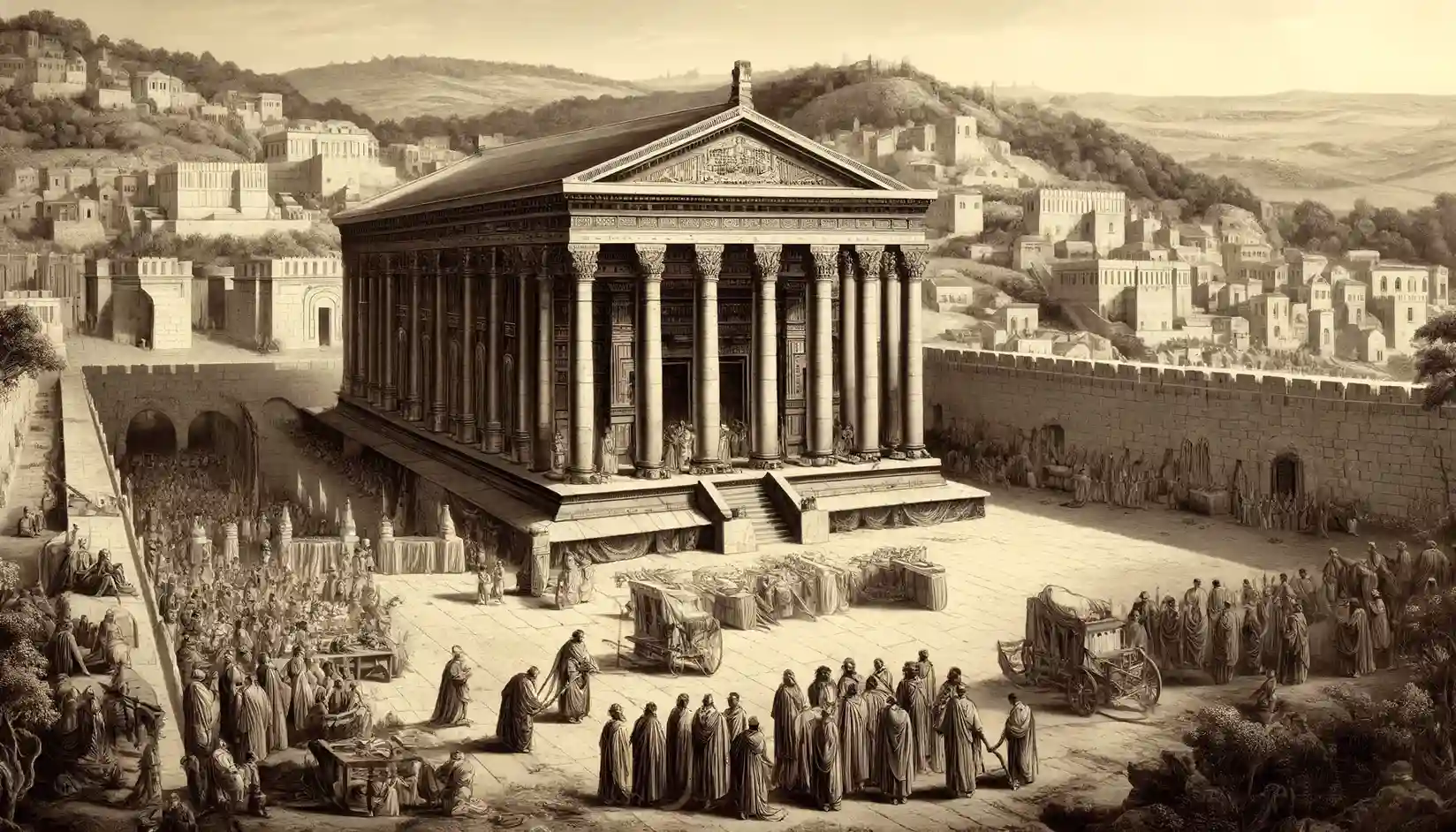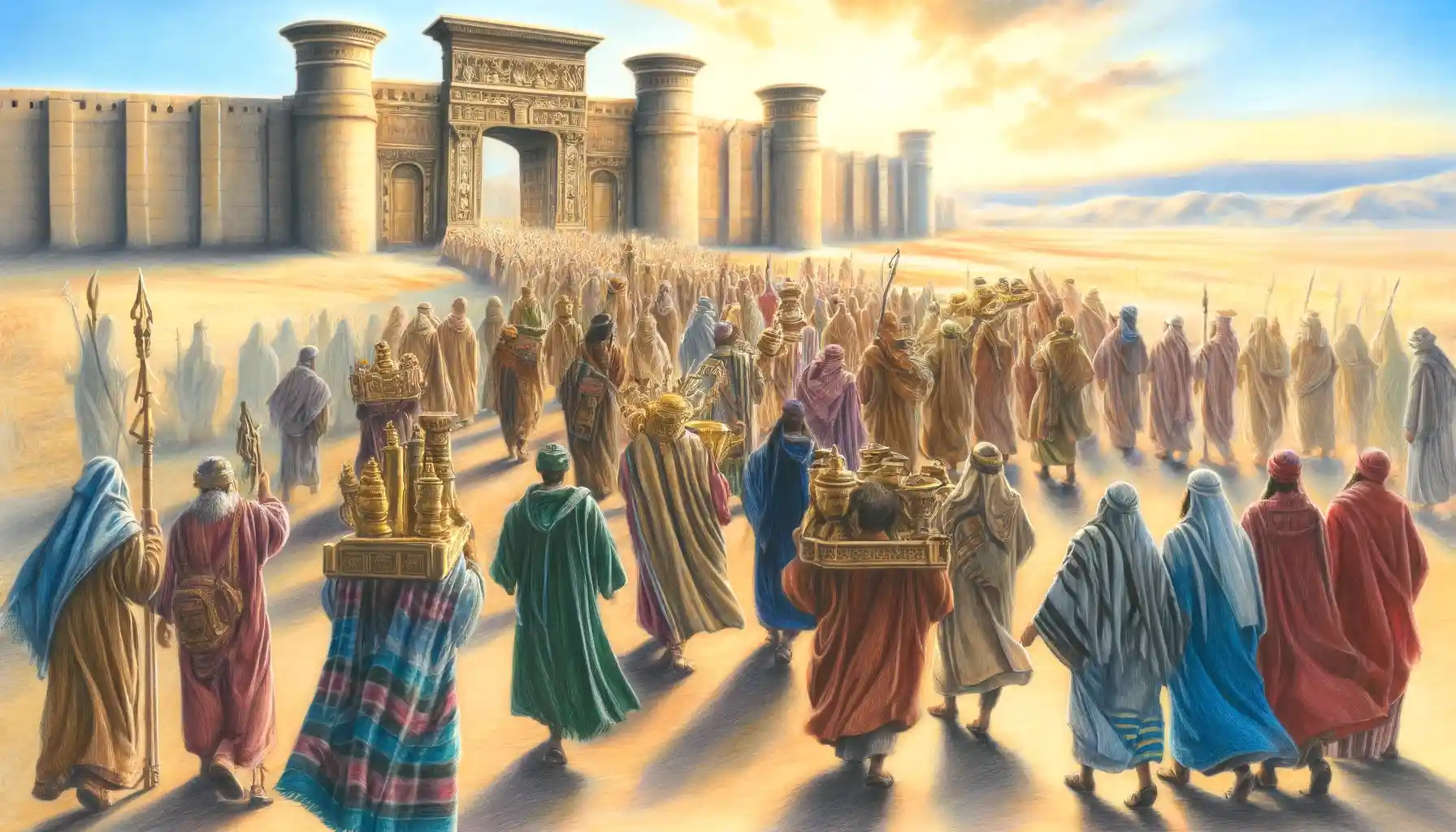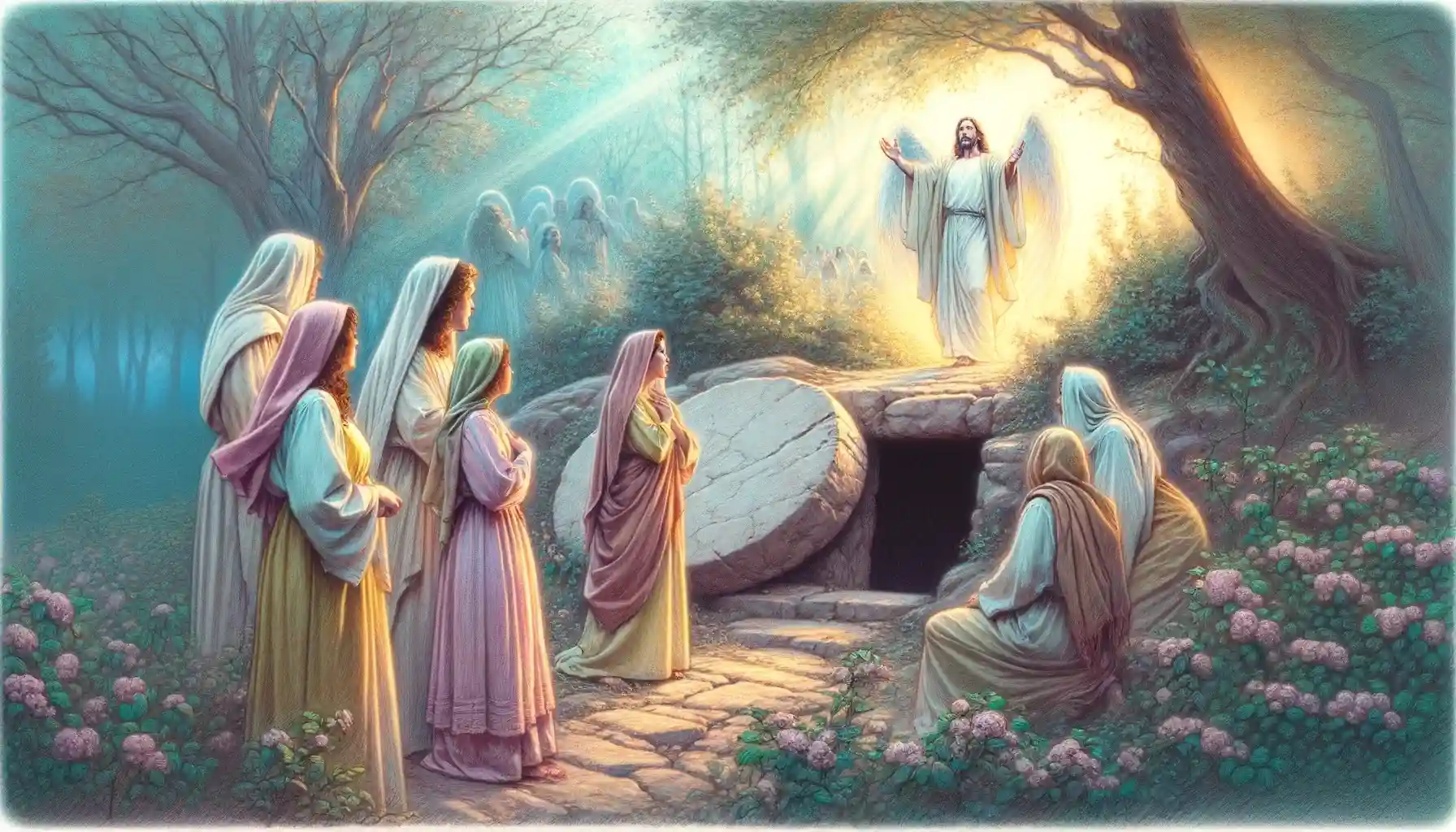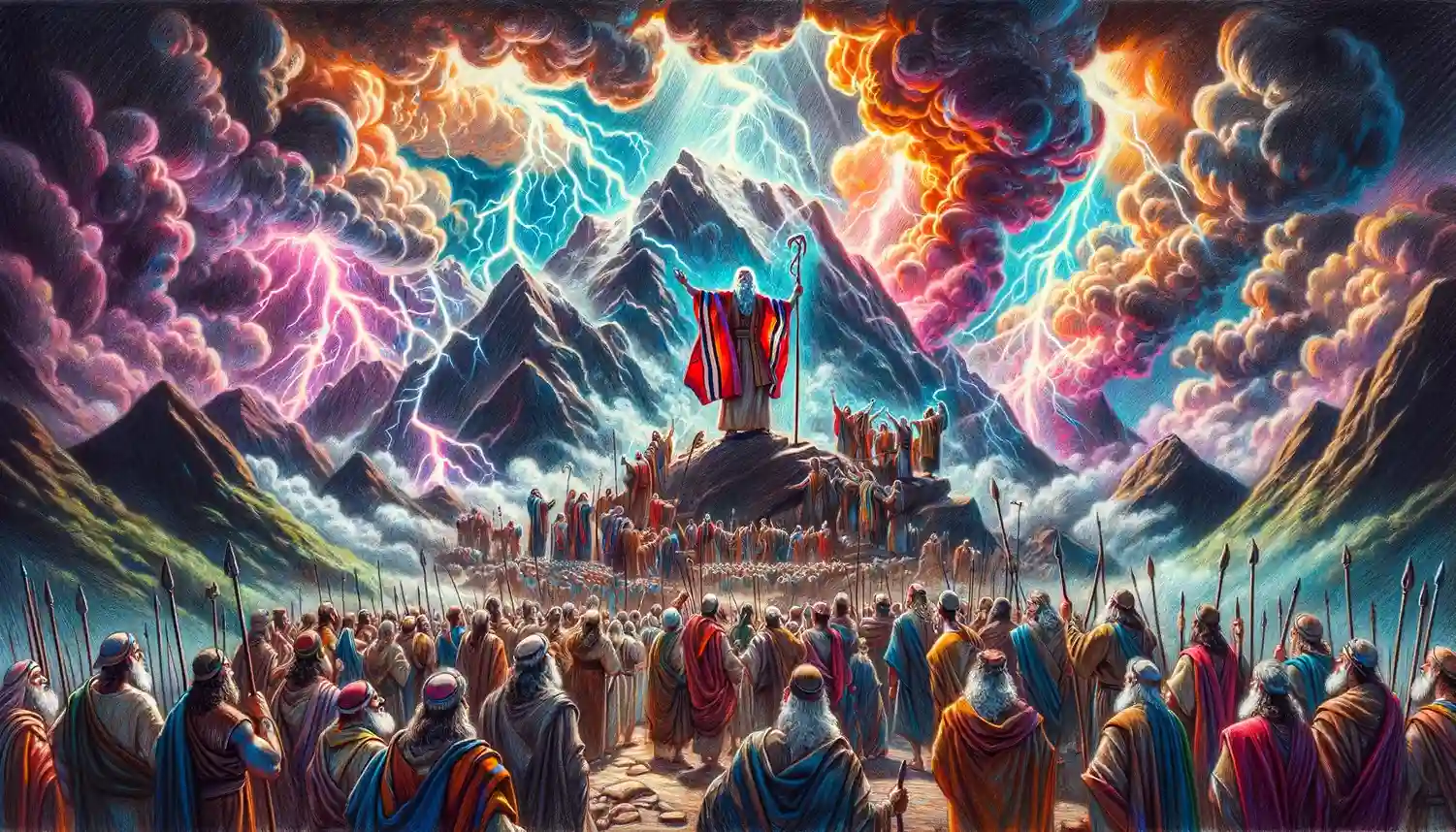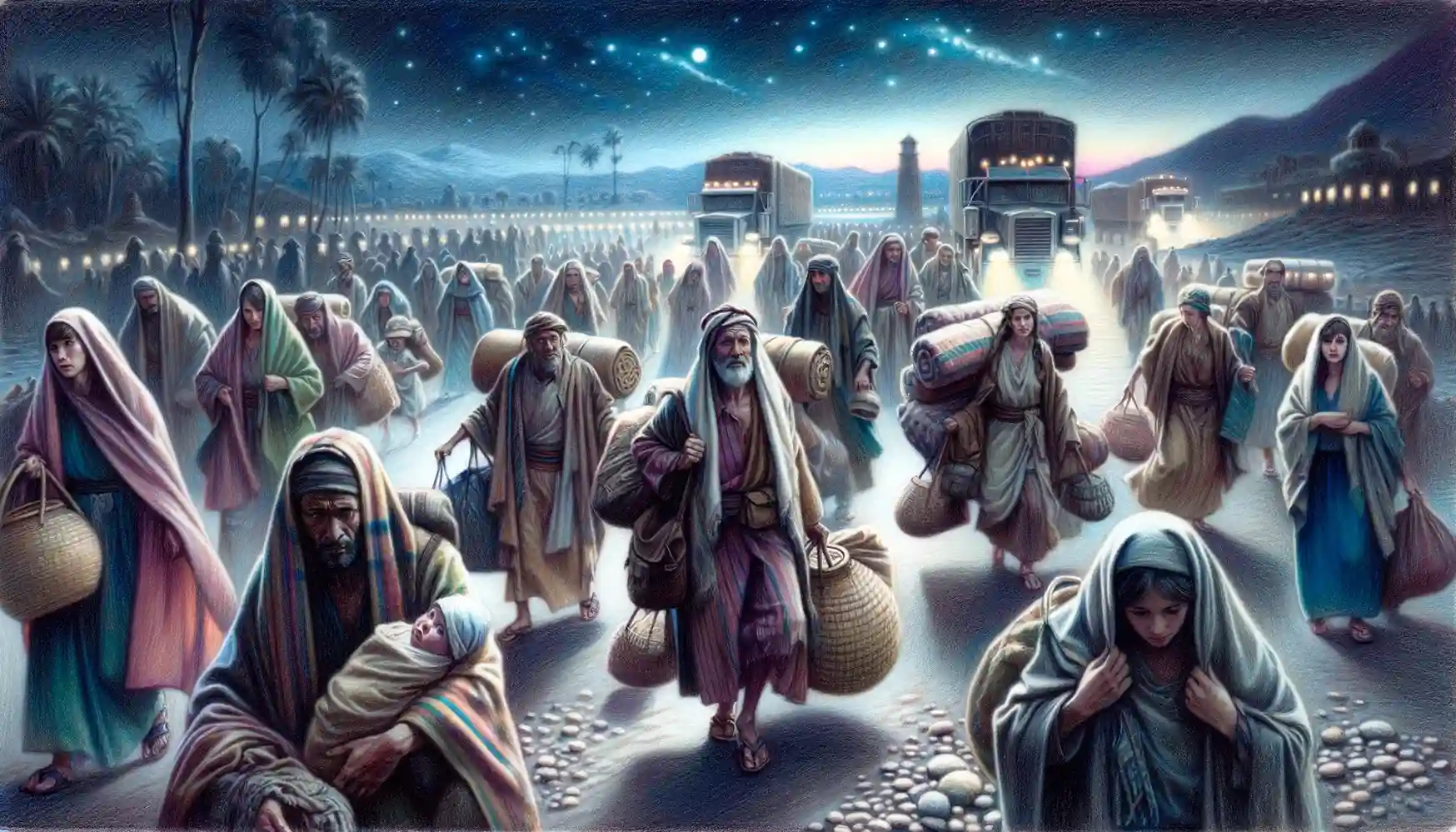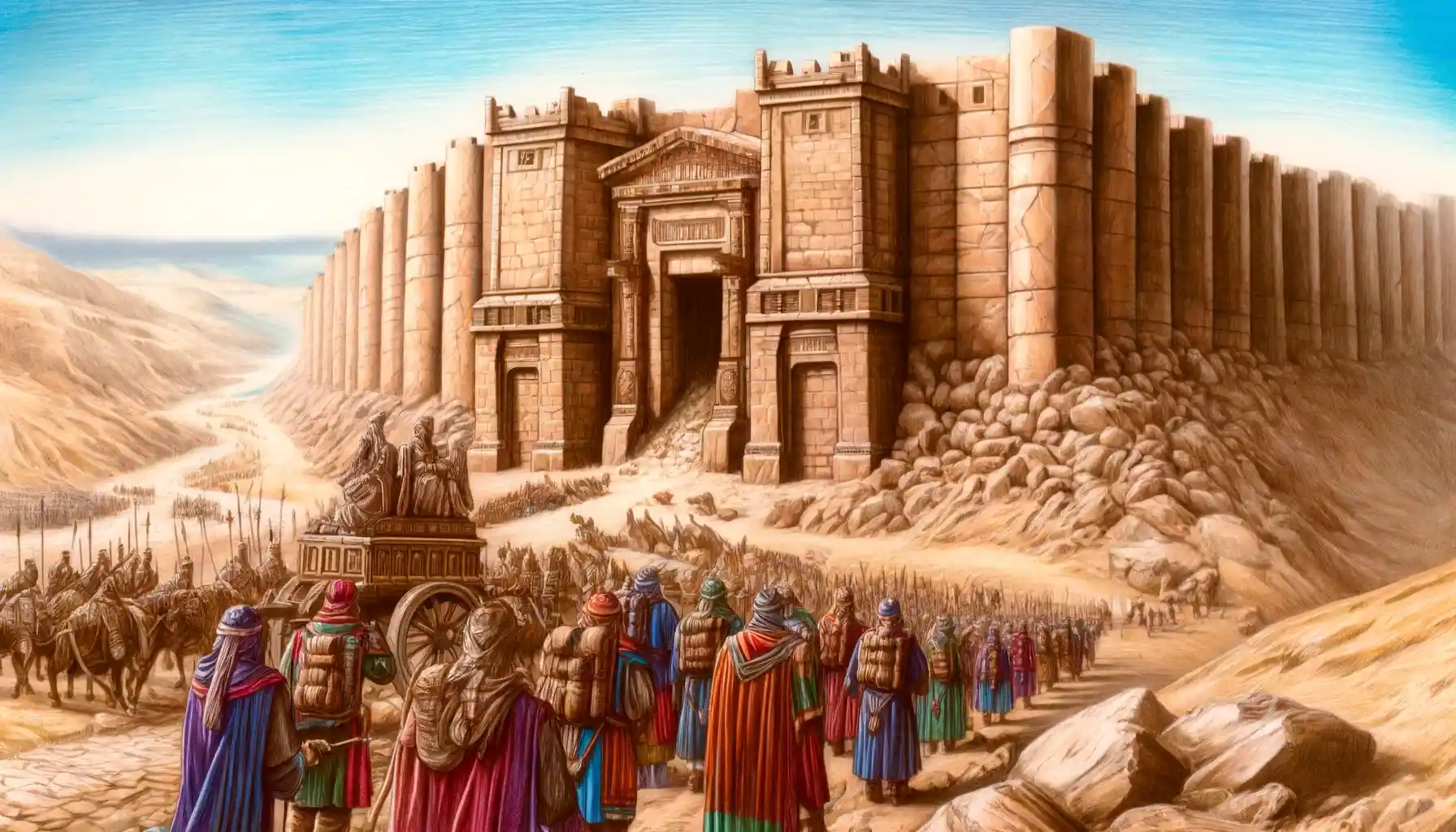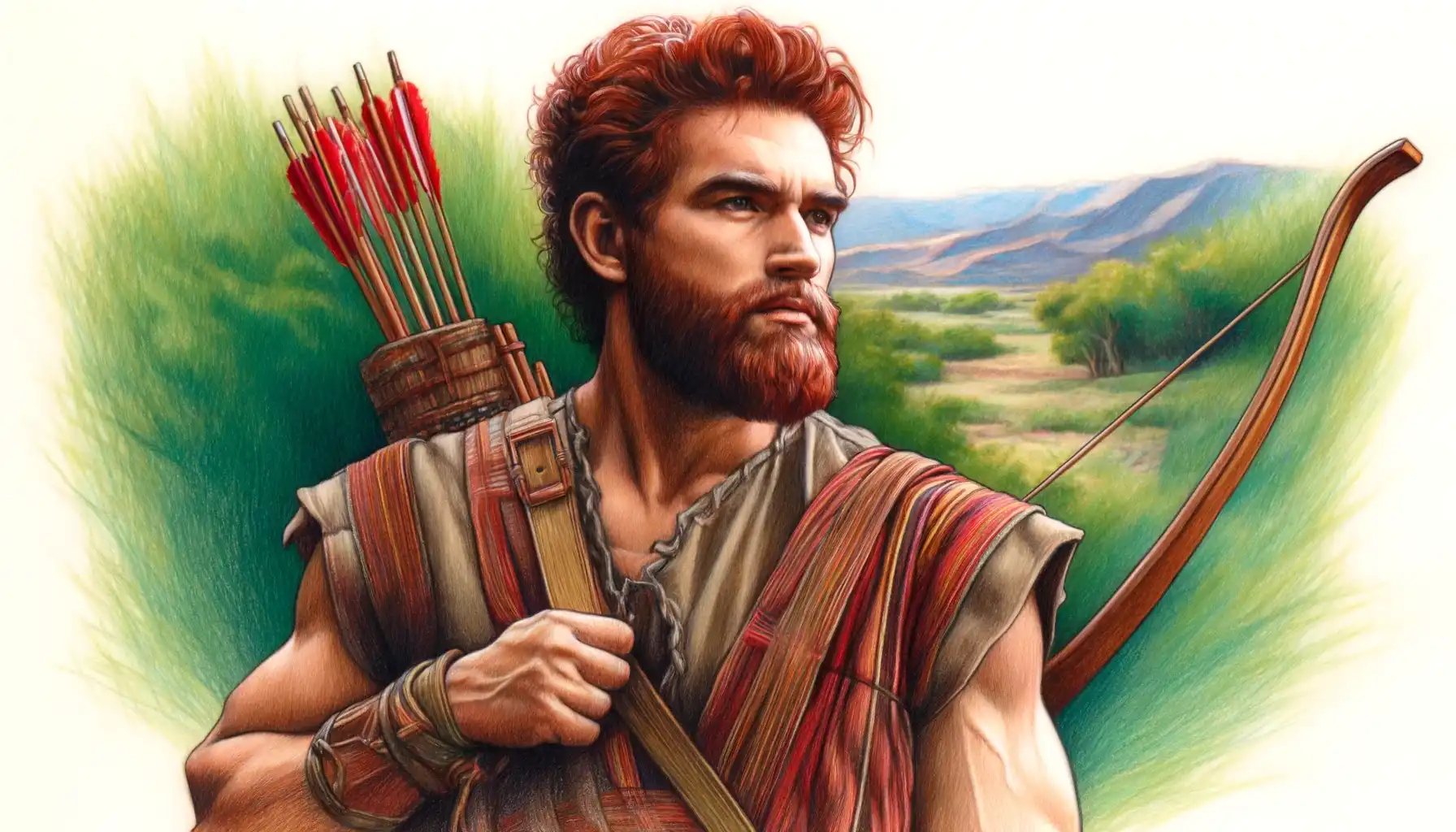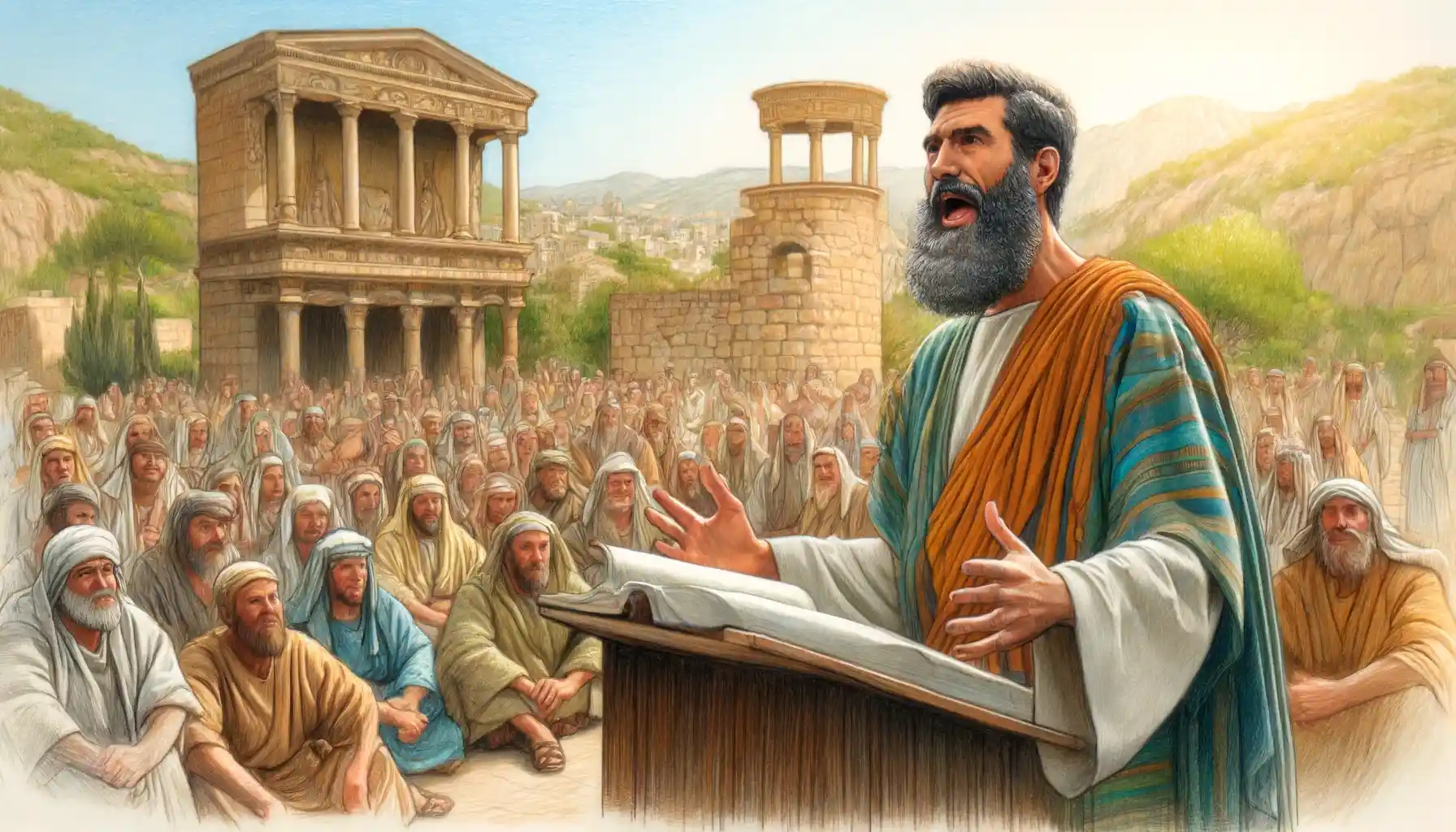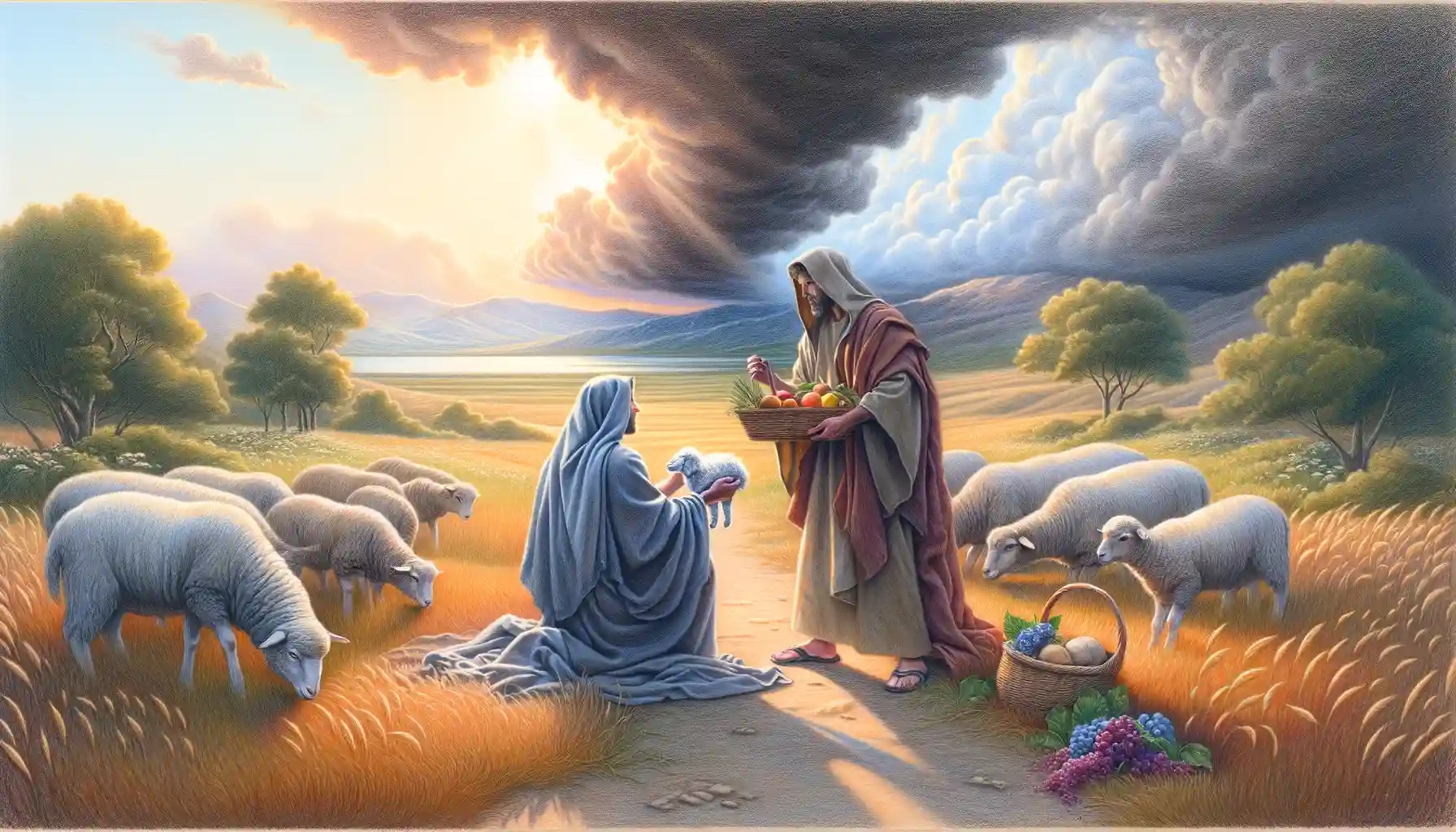The Rebuilding of the Temple, specifically the Second Temple in Jerusalem, commenced after the Jewish people’s return from the Babylonian Exile, initiated by the decree of Cyrus the Great of Persia in 538 BCE, faced numerous challenges and delays, but was ultimately completed in 516 BCE during the reign of Darius I, symbolizing a pivotal moment of religious and cultural renewal for the Jewish community.
In Ezra 1:1-11, the decree of King Cyrus of Persia marks the end of the Babylonian exile for the Jews, authorizing their return to Jerusalem to rebuild the Temple and restoring the sacred vessels taken by Nebuchadnezzar, signifying a major restoration of Jewish life and worship after decades of captivity.
The Giving of the Law at Mount Sinai is a central event in the Biblical narrative of Exodus, representing a foundational moment in the covenant relationship between God and the Israelites. This event occurs in Exodus chapters 19 and 20, …
In Exodus 12:31-42, the narrative details the momentous night of the Israelites’ departure from Egypt, marking their liberation from slavery after 430 years, as Pharaoh, compelled by the devastating plagues, urgently commands Moses and Aaron to lead their people out. This passage highlights the beginning of the Exodus, the institution of the Feast of Unleavened Bread, and the fulfillment of God’s promises, capturing a pivotal turning point where the Israelites leave with the riches of the Egyptians, signifying their transition from slavery to freedom under divine guidance.
The Fall of Jericho, as detailed in Joshua 6:1-27, describes how the Israelites, led by Joshua and following divine instructions, conquered the fortified city of Jericho by marching around its walls for seven days, resulting in their miraculous collapse on the seventh day, thus marking a significant and symbolic victory in the Israelites’ conquest of the Promised Land. This event highlights themes of faith, obedience to God’s commands, and the power of divine intervention, while also preserving the narrative of Rahab, who was spared for her faithfulness and assistance to the Israelites.
Esau’s life story is a complex narrative of impulse, loss, and eventual reconciliation. It highlights themes of family, conflict, and redemption, providing deep insights into the consequences of choices and the power of forgiveness.
Barnabas’s role as an encourager, a bridge-builder between Jewish and Gentile Christians, and a pioneering missionary alongside Paul, underscores his critical contributions to the spread and establishment of early Christianity.
Cain’s story is a complex narrative exploring themes of sin, jealousy, divine justice, and mercy. It serves as a foundational tale about the severe consequences of unchecked negative emotions and actions.
Cain’s murder of Abel represents a tragic escalation of sin, illustrating its destructive impact not only on relationships but also on the broader moral order. This narrative has been deeply influential in religious and cultural contexts, shaping discussions about morality, justice, and human nature.

